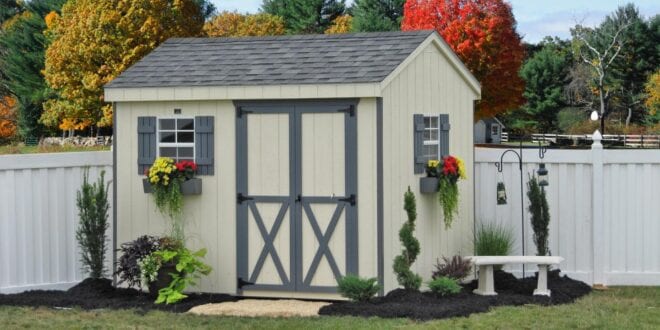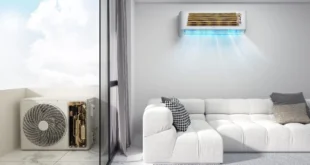Everyone needs a shed in their backyard, regardless of the size of their home. Sheds are a perfect addition to a living space where you can put all the excess items, tools, or just clutter, and reclaim every square inch of your home again. Building a backyard shed is also a big investment, so you should look past the appearance, and focus on your needs and choose the one accordingly. Here are some things you should consider before settling on the size and the price of your new shack.
Quality overpricing
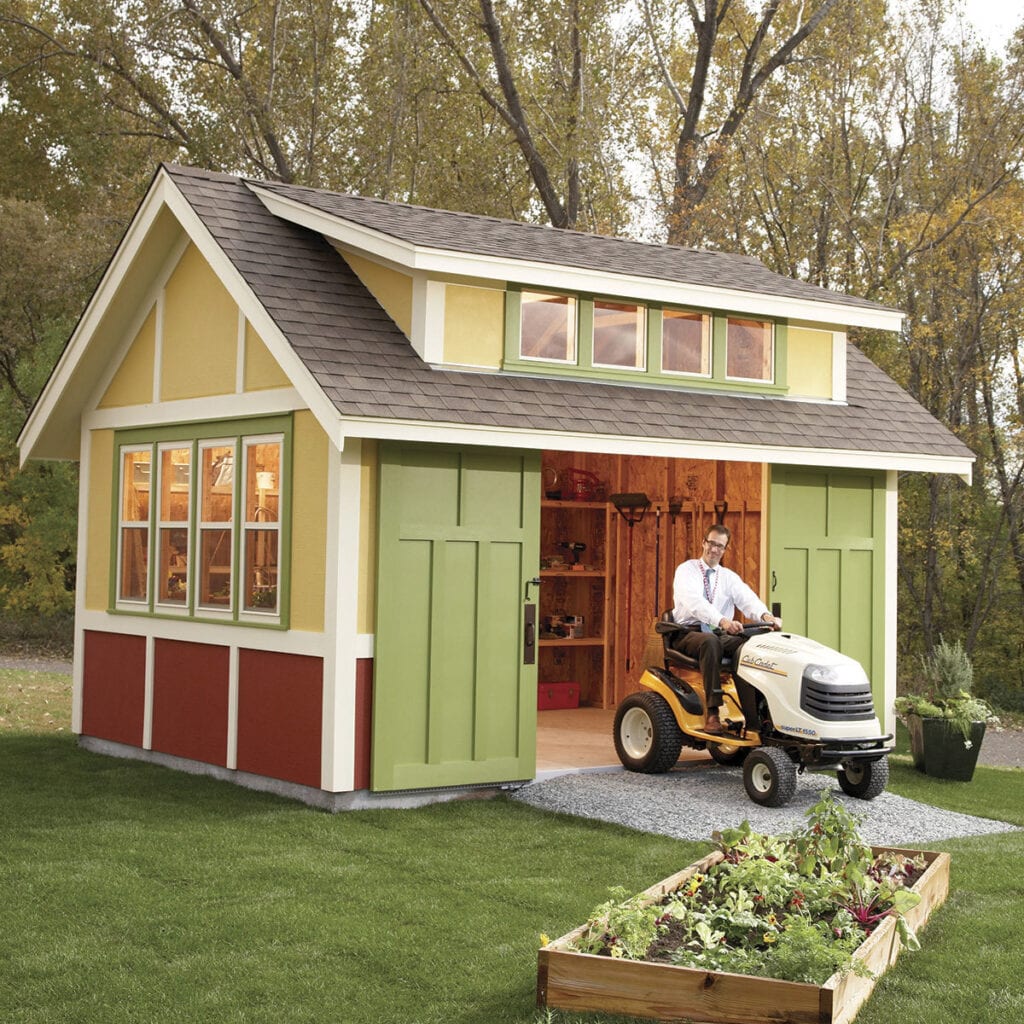
Being that this is your investment that will likely last for decades, you should choose carefully. Do not let pricing being the determining factor. The cheapest shed might not be the right size for your needs, or perhaps lacks in features that you consider a necessity. So, don’t be blinded by the price tag. Your hut will be exposed to weather elements all year long, so you should definitely consider building higher quality materials shed. Sometimes the difference is only a couple of hundreds of dollars, which is not a whole lot considering the amount of money you’re investing. If you can’t stretch your budget, maybe consider building a smaller, but more quality shack, by yourself. You can get a step-by-step guide, with a full list of materials and even 3D images just to be sure that you’re on the right path. Check it out, and pick the one that fits the bill. If you’re handy, you can invest a little bit more time and save a lot of money with DIY kits and plans.
Design
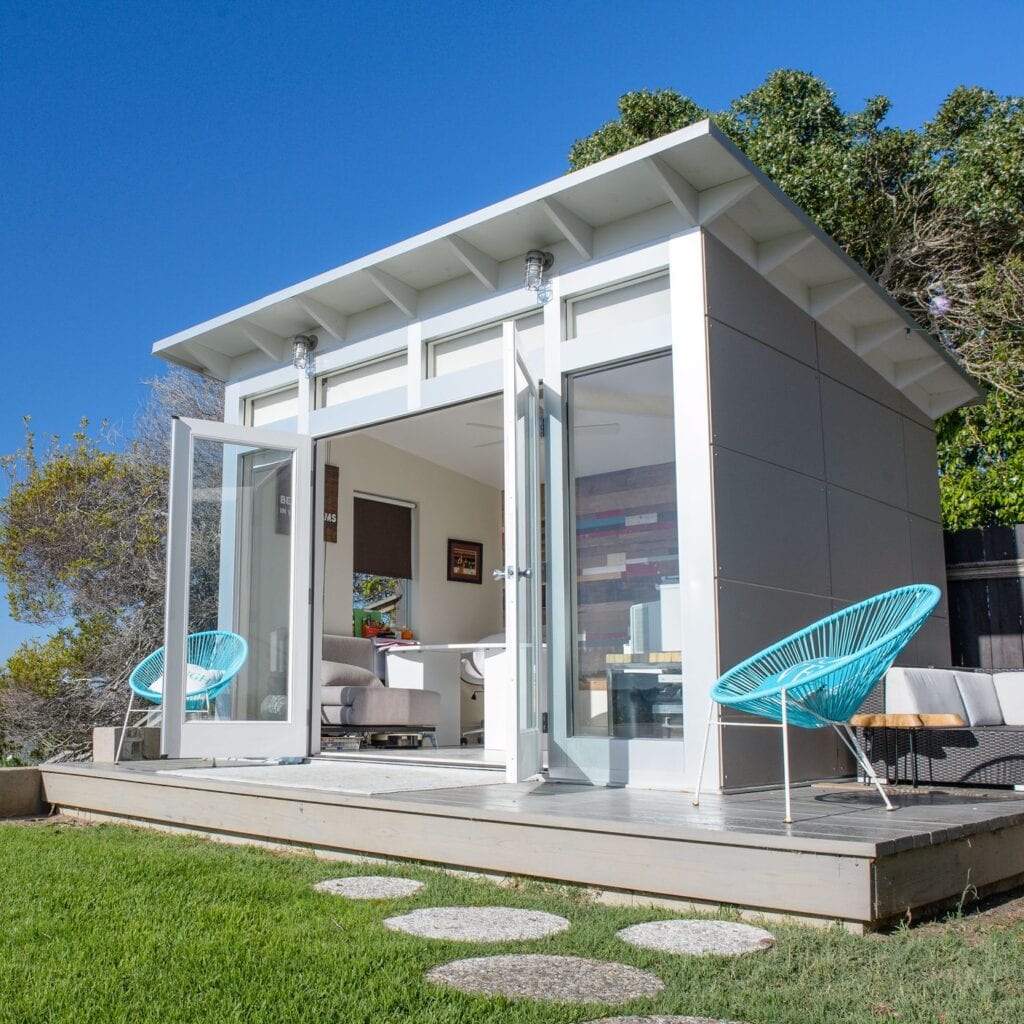
Choosing a design may look like the least important feature of your shed, but look at the big picture. If your shack doesn’t match the brickwork of your home it will look like a sore thumb on your property. It can also reduce the price of your real estate in case you decide to sell it sometime down the road. Therefore, pick something that matches the overall appearance of your estate. There are a lot of different designs, plans, sizes, and styles to choose from; basic gable or “A-style”, high wall, low-wall, or a classic barn look. Research and pick the one that complements your house, while at the same time fulfills your needs when it comes to storage space. Your new hut should also match the landscape. For example, if your pick a classic barn, put some flower beds around it, or some wooden framework like trellises for vine plants.
Rules and regulations
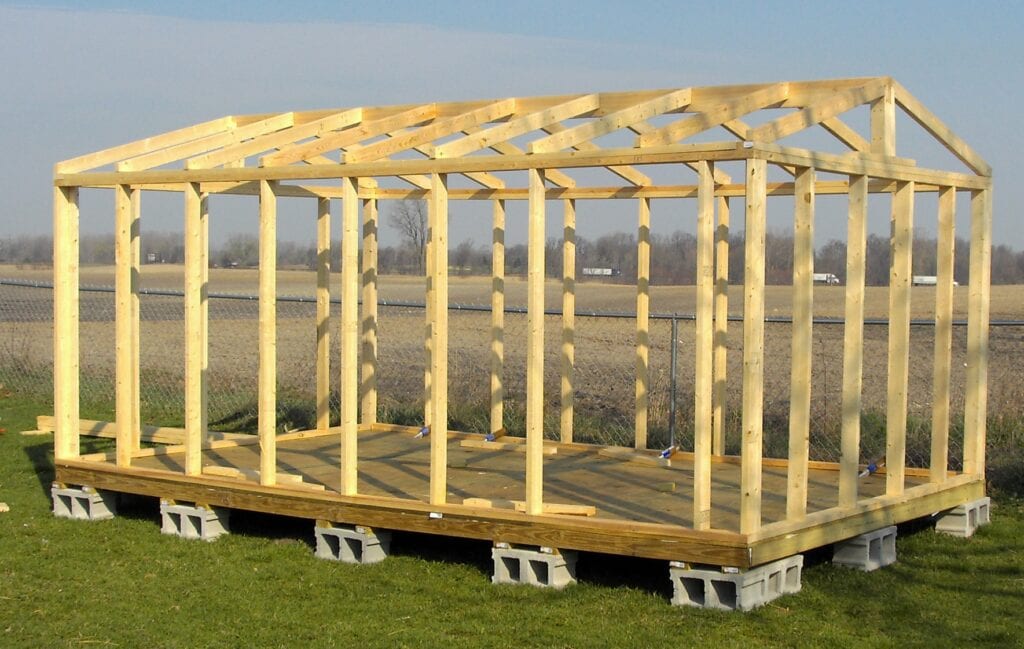
Before you pick a style and color, make sure that your shack fits the zoning law requirements. Usually, sheds are limited by size, up to 100-120 square feet. Also, if you belong to an HOA (Homeowners association), verify that you fit into the restrictions. In most areas, sheds need to be a certain number of feet away from the property line. Height and size are also heavily regulated, so ensure that you won’t be breaking any laws.
Foundation
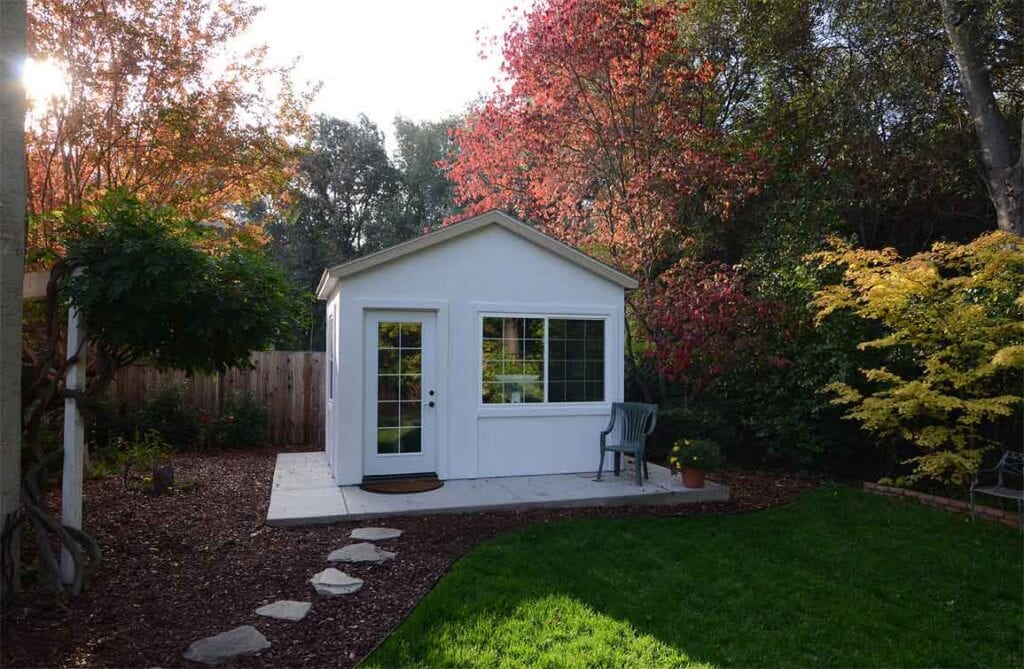
Needless to say, the foundation is one of the most important steps in building a shed. The base of your structure should keep it off of the wet ground. This will ensure that your building materials don’t rust or rot during the time. The best would be to put compacted gravel or concrete blocks as the foundation. As far as flooring goes, for instance, wood shacks have built-in plywood floors. However, if you go with metal and plastic sheds, you will need to buy your own. This can add a few hundreds of dollars to the total cost.
Siding
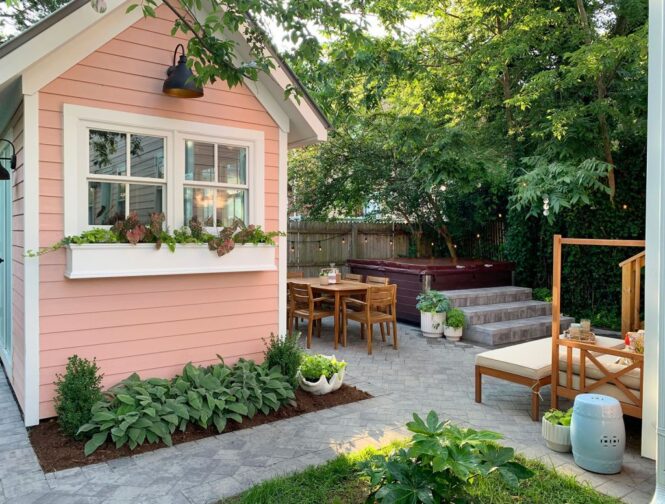
Here you have three options to choose from: wood, metal, or plastic. Wood huts have stud-framed walls that are covered with plywood siding. Naturally, they also have a wooden roof and classic asphalt shingles. The downside of having a wooden shed is that it needs a lot of maintenance. If not protected properly, wood can rot quickly, therefore painting every year is necessary. Wood is also very porous material, soaking all the moisture from the air, you must take great care of it. Furthermore, it’s very susceptible to all sorts of pests nibbling away your shed floor and walls. So, regular repairs are essential for keeping your shed in one piece. Metal sheds have a simple framework for walls and roofs, and they come pre-painted. Plastic sheds are usually made out of PVC and also come factory-painted, and they are the ones with the least maintenance required. However, metal sheds can rust over time, and they need a fresh coat of paint from time to time. They also tend to wear off due to harsh weather.
The size

Before you haul in the materials, you need to have some idea about the purpose of your extra space. Do you have any heavy-duty equipment? How about a double door, or a ramp? Make a plan and take everything into consideration. Many sheds that are bigger than 8×12 have double doors big enough to park your ride-on mower. In case you are the proud owner of some garden gadgets that need a considerable amount of space, make sure you still have some left for your tools and hobbies.
Decorations
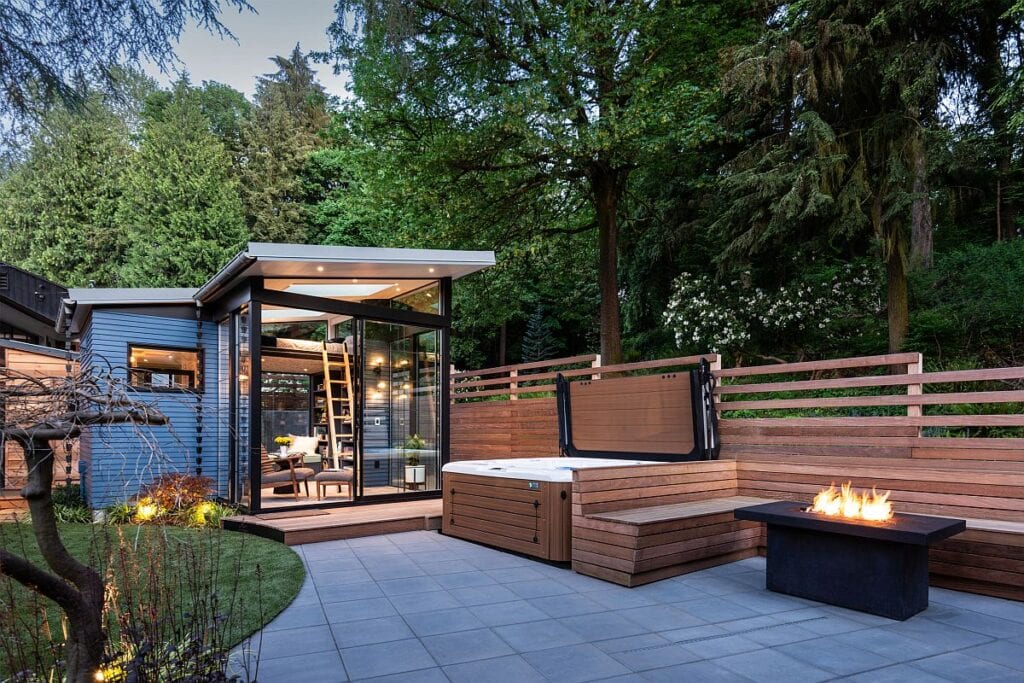
Customize your shack by adding some personal touch to its doors, windows, shutters, etc. Even small changes and decorations can make a big difference. If this is the space where you plan to spend prolonged amounts of time playing with your house projects, then make sure it’s easy on the eyes.
Additional space
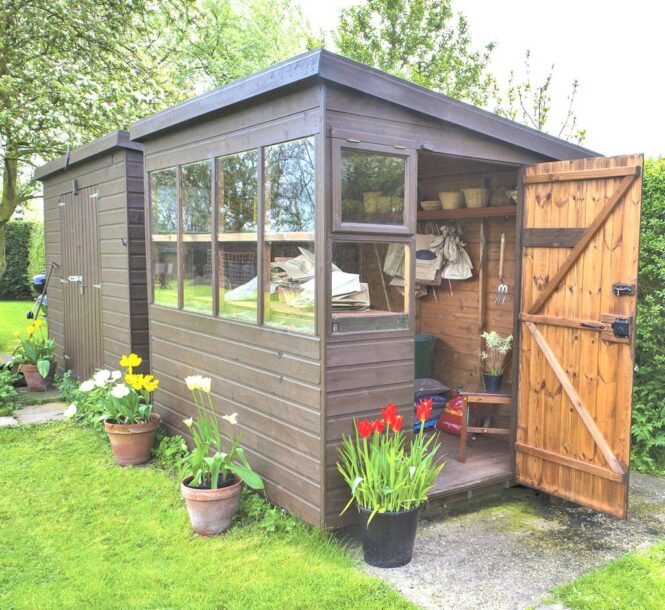
If nothing fits your budget, but you still need some extra storage space, maybe you can consider putting up one of the smaller shed-like structures. There are corner, vertical and horizontal sorts. They are usually the size of a bigger closet, but can still be useful. Attached to a siding of a home, they are also a space saver, without having to fulfill any laws and regulations. On the other hand, if you have a little wiggle room left in your wallet, you can add some storage loft to your shed for extra space.
 Imagup General Magazine 2024
Imagup General Magazine 2024
